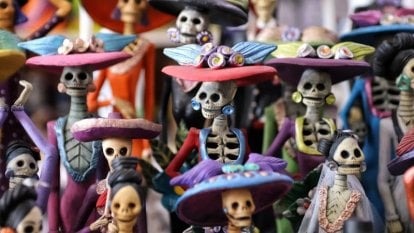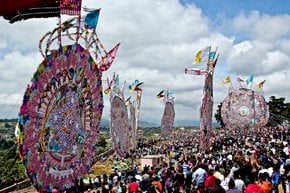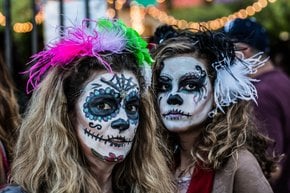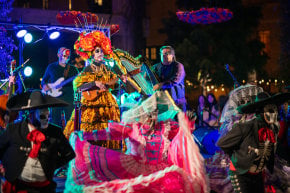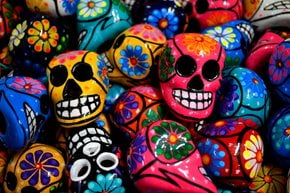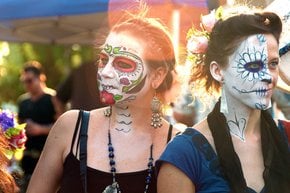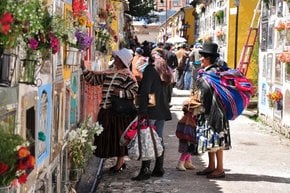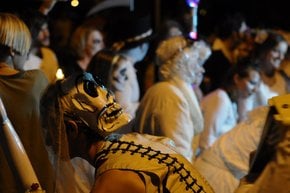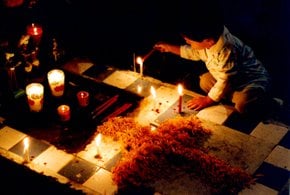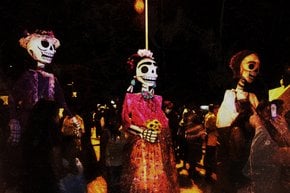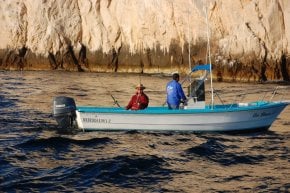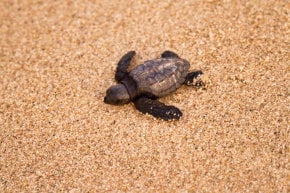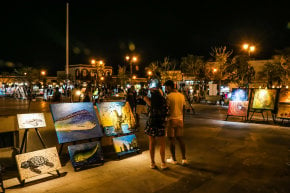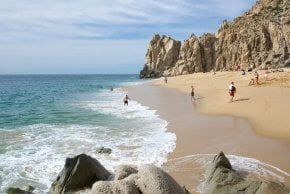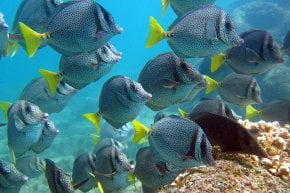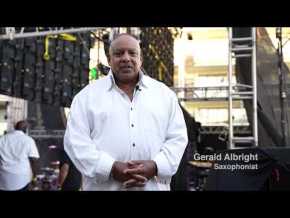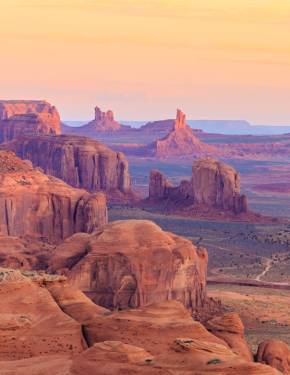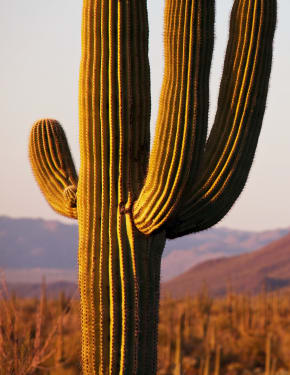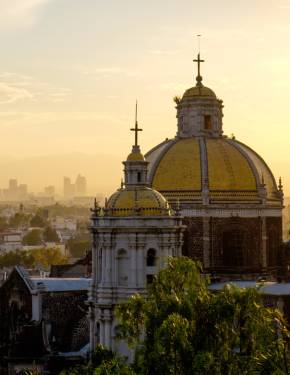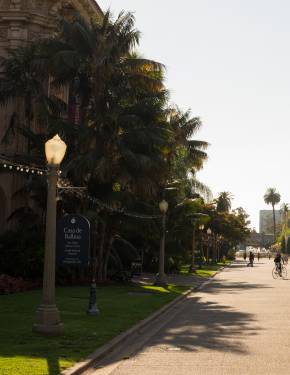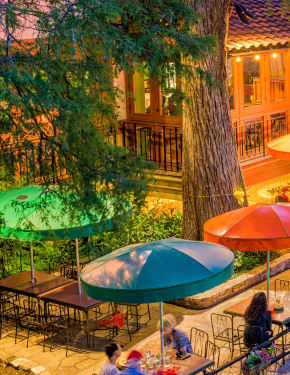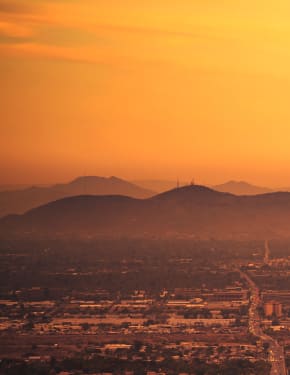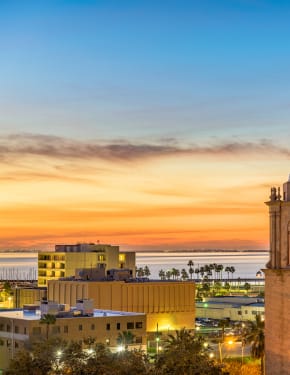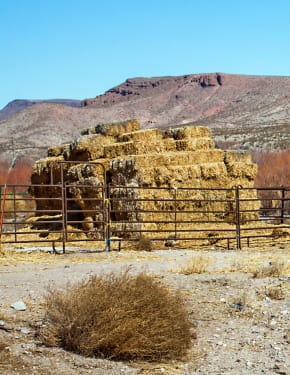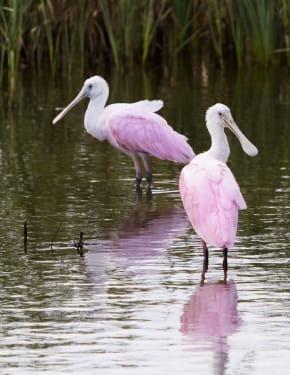Día de los Muertos (Day of the Dead) 2026 in Cabo San Lucas
Día de Muertos is the celebration of life and death in the most colorful way
Dates: November 1–2
Day of the Dead is a vital aspect of Mexican heritage and local culture. On the night of November 1 and 2, the country comes alive with celebrations to honor departed loved ones. These include elaborate ofrendas, festive parades, and immersive cultural experiences that create a bridge between the worlds of the living and the dead.
Traditional Celebrations & Events
During Día de los Muertos, people bake a special sweet bread called Pan de Muerto, paint skulls on their faces, and dress in vibrant traditional clothes. The main activities occur at cemeteries, which are lavishly decorated with altars topped with flowers and candles to guide the spirits of the dead. This tradition, rooted in Aztec beliefs, honors those who have passed away by welcoming their spirits back.
Elaborate altars, or ofrendas, are adorned with photos, candles, sugar skulls, and iconic orange marigold flowers, which are believed to lead the spirits to the festivities. Traditional delicacies such as atole, a comforting corn-based drink, and pan de muerto are enjoyed during these celebrations.
Festivals
On the historic cobblestone streets of San José del Cabo, the Secrets of the Catrinas Festival provides a behind-the-scenes look at the preparations for Día de los Muertos. Visitors and locals can join workshops to create traditional flower arrangements, baked goods, and decorations that will beautify the town's streets and plazas.
In the vibrant port city of Cabo San Lucas, the Altares en el Mar Festival brings the celebrations to the water. Locals decorate and illuminate their boats, parading through the marina with music and storytelling. Around the marina, visitors can enjoy a rich array of gastronomic and cultural experiences that highlight the essence of the holiday.
Locations
To fully experience the spirit of Día de los Muertos in Los Cabos, visit several key locations. Start with the San José del Cabo Gallery District for an authentic atmosphere. Next, explore local cemeteries to see graves adorned with photographs and personal items of the deceased. Plaza Amelia in Cabo San Lucas is another must-see, where large altars are created to honor ancestors. For an artistic touch, don't miss the San José del Cabo Art Walk, which runs from November through June. The town's main streets transform into a vibrant open-air market featuring local artisans, hand-painted sugar skulls, and intricate folk art figurines.
Origins of Día de los Muertos
Los Cabos has a rich 500-year history with Día de los Muertos, rooted in the funeral rituals of the Las Palmas Culture. From 1200 to 1700 AD, this tradition involved braiding palm leaves to encase the skeletal remains of the deceased, which were often adorned with red ochre and fire marks. These bundles were placed in coastal caves, seen as mystical gateways to the underworld. Although this ancient practice has largely faded, it deeply established the significance of honoring the dead in the peninsula's culture.

